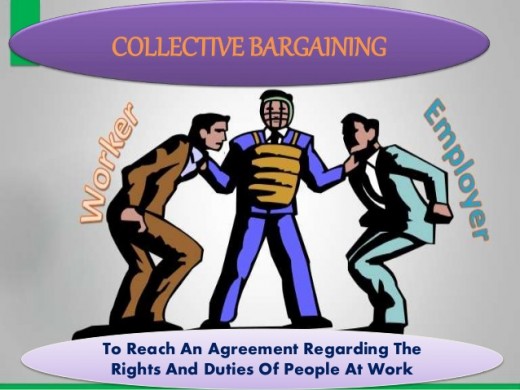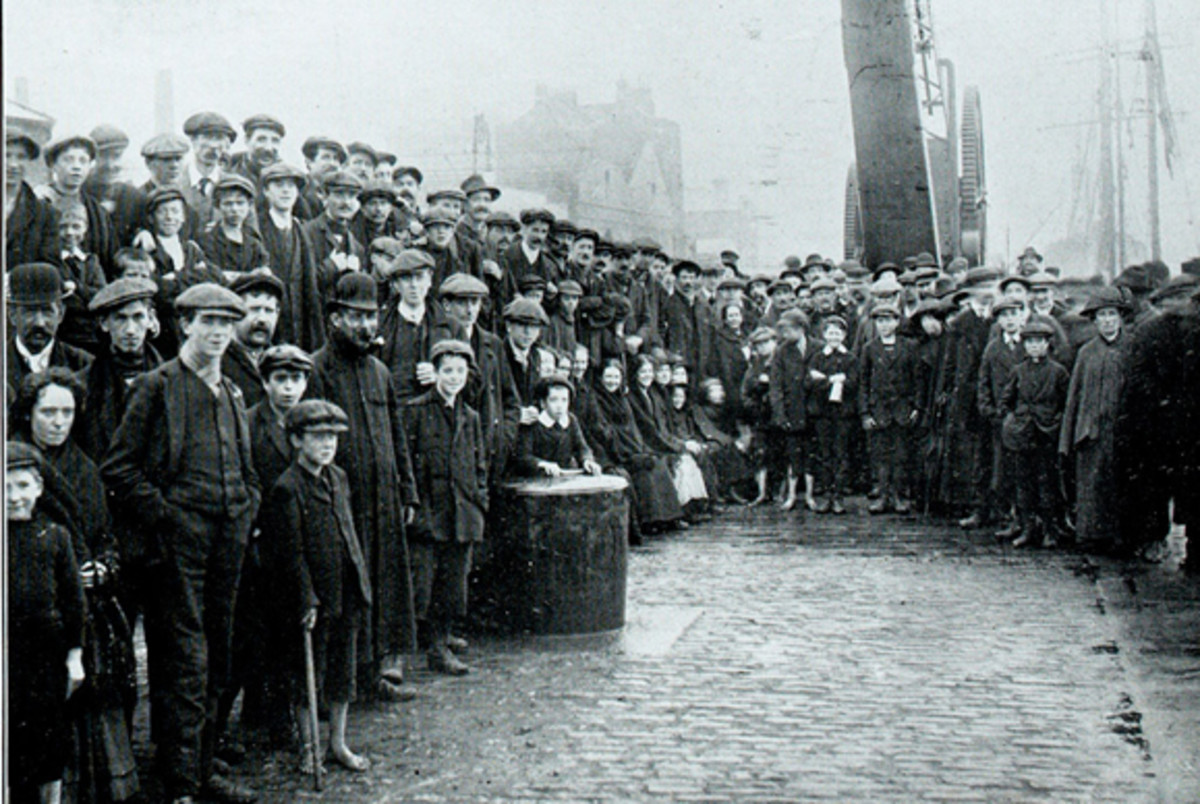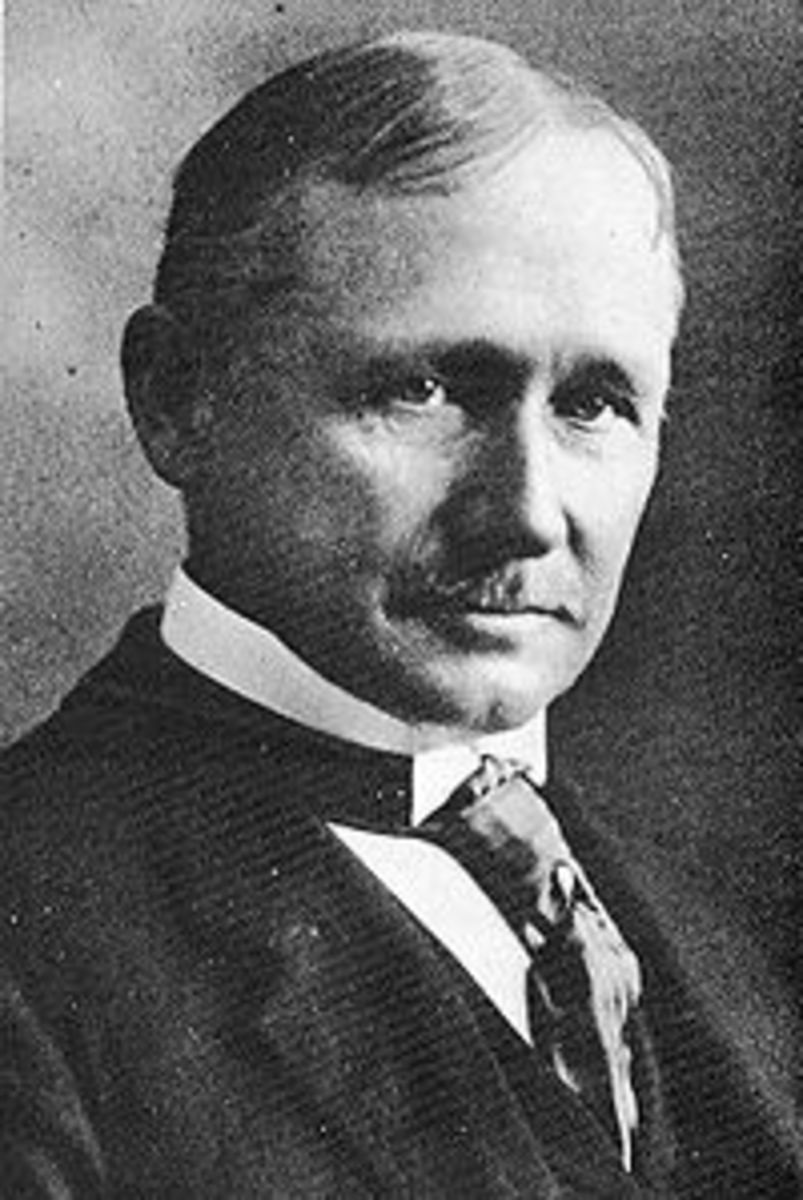Collective Bargaining: Meaning, Theories and Impact in Organizations

Introduction
Collective bargaining plays important role in every organization. If two or more people do not negotiate and agree at the end, there is every possibility of having problems in the long run. Because of this, collective bargaining is an important approach that must be integrated into any organization.
The term "collective bargaining" was first used in 1891 by Beatrice Webb, a founder of the field of industrial relations in Britain (Adrian Wilkinson et al 2014). It refers to the sort of collective negotiations and agreements that had existed since the rise of trade unions during the 18th century.
Collective bargaining consists of negotiations between an employer and a group of employees in order to determine the conditions of employment (Adesegun Ogunlari 2015). Adesegun went further and stated that the result of collective bargaining procedure is a collective agreement.
According to Wikipedia, Collective bargaining is a process of negotiation between employers and a group of employees aimed at agreements to regulate working salaries, working conditions, benefits, and other aspects of workers' compensation and rights for workers. If any of the parties that entered into the agreement did not meet up with their own part, it can result to industrial actions (strike).

Collective bargaining has served as a cornerstone institution for democracy, a mechanism for increasing workers’ incomes, improving working conditions and reducing inequality, a means for ensuring fair employment relations and a source of workplace innovation (Susan Hayter, Tayo Fashoyin, Thomas A. Kochan (2011).
ILO Convention No. 154 defines collective bargaining as referring to:
“all negotiations which take place between an employer, a group of employers or one or more employers' organizations, on the one hand, and one or more workers' organizations, on the other, for:
(a) determining working conditions and terms of employment; and/or
(b) regulating relations between employers and workers; and/or
(c) regulating relations between employers or their organizations and a workers' organization or workers' organizations.” (Article 2).
In health sector of Nigeria, there have been many industrial actions as the government has refused fulfill their own part of collective bargain. The decline in the quality of public healthcare delivery and infrastructure in Nigeria is evident. This assessment is apt given the efforts of various agencies (governmental and non-governmental) which have yielded marginal successes, especially in terms of the relatively low access to basic health services. Public healthcare workers have over the years, engaged in recurring negotiations with government at different levels to bring about necessary and important reforms to the public health sector. The results have however been inconsistent in terms of implementation at the State and Local government levels. Available evidence also reveals that Nigeria’s public health sector is still relatively weak, majorly as a result of the lack of coordination and integration among the human and material resources attributable to this sector (Nigerian National Health Conference Communique, 2009; Obansa and Akinnagbe, 2013).

Theoretical frame work-The theories of collective bargaining
Three major theories of collective bargaining include:
Tradition theory
In this theory, who wins the negotiation between the employer and the employee is dependent of the economic state of the country. In other words, economic forces determine who will be favored in the negotiation of wages and salaries between employers and unions. When the supply of labor is higher than demand, employers will win, this indicates a situation of high level of unemployment in the economy; but if demand for labor is higher than supply of labor, workers stand the chance of winning. Another perspective of this theory is based on the argument that if the procedure and rules of the game is strictly followed, it becomes easy to reach a collective agreement.
Power model theory
In this model of collective bargaining, the higher the greater the demand that is made, the less power the management has in making the demand actualized. The theory explains that if maximum/upper limit of demand is 6 and the union is asking for it, the probability of getting it is less than if they were asking for 3 or 4. The theory concluded that if people want to win in any negotiation, they must make less power of their opponent to disagree. Consequently, if a trade union wants to embark on strike and the management is aware that the consequence of such strike is likely to be devastating to them, they may quickly agree with the union’s demand and vice versa.
Behavioral aspect theory
This theory views collective bargaining as a process of jointly making decisions on matters of employment and industrial life for the attainment of their respective goals. This process leads to mutual agreement or agreements for the improvement of mutual relationship and terms and conditions of employment. This theory is based on the fact that, the more cordial the social and interpersonal relationship, co-operation and attitudinal disposition between management and workers is high, the tendency to reach collective agreement without much hassle in the firm. Under this theory, collective bargaining agreements are a means of integrating union and management interests in a way that promotes the welfare of both.

The impact of collective bargaining on organization performance
Collective bargaining impacts positively in the performance of every organization. When there is agreement between the employer and the employees and the individual party fulfill their own part, there is possibility of the organization to show tremendous increase in the long run. But if the collective bargain is not met, the productivity will be low and hence there will be setback.
The impact of collective bargaining on organization performance are seen in motivation, productivity, commitment, working environment, earnings, retaining of workers,cooperation, orderliness, fair play, peace, communication and job security.
Motivation
This is the ability of being energized to perform certain functions. Motivation is the reason for people's actions, desires, and needs. Motivation is also one's direction to behavior, or what causes a person to want to repeat behavior.
Collective bargaining as an agreement makes workers in an organization to put in their best. If the initial pay for employees by the employer is less and a bargain is made which increases the wages or salaries of the workers, it gets the workers motivated. This makes them to put more effort in their individual duties.
Productivity
If you want result, you have to maintain certain good standards. In the same way, if an employer wants his company to have outstanding performance, collective bargaining must be integrated.
When there is a favorable environment, the production in the company will be a good one. The productions can be of increase on monthly basis so far collective good bargain is met. When employees are given some incentives in their places of work, they will work well.
In a government hospital for instance, more lives are to be saved, the government must make sure that the standard facilities needed are obtainable in the hospital. If this is not met, there is every possibility of loosing many lives daily.
In Africa, some doctors embark on strike when the government failed to make their collective bargain stand. Inability of the government to fulfill their own agreement has caused a lot of problems in health sector.
Commitment
Employees are committed to their work when they are paid well. This is one of the areas that collective bargain covers. Some even go to the extent of doing extra work because they are happy as they are paid well. In some bargains between the employers and the workers, one of the agreements is that the employees should be well committed in the office work on receiving the benefits they demand. This propels the employees to perform their tasks well.
Good work environment
Some collective bargaining covers this area. In fact, when workers feel that the environment they do their work is not safe any longer, they react towards that. With their reactions, a collective bargain is made. This in turn impacts positive to the performance of the organization. It makes the environment less risky to work in.
Retaining of workers
If you are happy in a place where you work, the probability of you leaving the organization becomes low. Because of this, you can stay in the organization for years. And one of the factors that can make the worker stay there for such a long time is due to collective bargaining.
When an employee stays in a particular department for years, he gains more experience in such area and becomes an expert. Because of this, he works as a professional. At this point, his contribution in the organization makes it grow. This growth makes the establishment to perform well.
Improved Earnings
More than 60 percent of collective bargaining mainly focuses on the earnings of the people that work in the organization. If there is inflation in the price of goods and services in any organization, the currency in that state looses value. That is to say that the salary of the workers can only buy few items in the market. Collective bargaining impacts by increasing the salaries of workers after negotiation.
This in the same way affects the performance of the organization. When the earnings of the workers are increased, they tend to add more value to the company as they are happy.
Fair play
Fair play is very important in every establishment. If an employee has a say in his place of work there will be effective communication. This will make him pass information to the employer without any fear of any kind. Some of the effective communications promote the organization.
According to International Labor Organization, freedom of association ensures that workers and employers can associate to efficiently negotiate work relations. Because of this freedom, an employee can easily convey ideas that can promote the company without any fear.

References
- AdesegunOgunlari Smith (2015), Collective Bargaining and Industrial Relation, Publication of Human Resources Givanas Industry Nigeria Limited, Nigeria
- Adrian Wilkinson et al. eds. (2014), Handbook of Research on Employee Voice. Edward Elgar Publishing. p. 227
- Essay Sauce (2017), Essay: Impact of Collective bargaining on employee welfare, Essay Sauce Publication
- ILO (2014), What is Collective Bargaining, Published by International Labour Organization
- Nigeria National Health Conference Communique (2009), Nigeria: Abuja.
- Obansa, S.A.J., & Akinnagbe, O (2013), ‘Health Care Financing in Nigeria: Prospects and Challenges’, Mediterranean Journal of Social Sciences, 4(1) 221-236.
- Oyewunmi Adebukola Esther (2015), Collective Bargaining in Nigeria’s Public Health Sector: Evidences for an Inclusive Approach, Research on Humanities and Social Sciences,Department of Business Management, Covenant University, Nigeria
- Susan Hayter, Tayo Fashoyin, Thomas A. Kochan (2011), Review Essay: Collective Bargaining for the 21st Century,publication of SAGE Journal, United Kingdom
© 2018 Uzochukwu Mike








